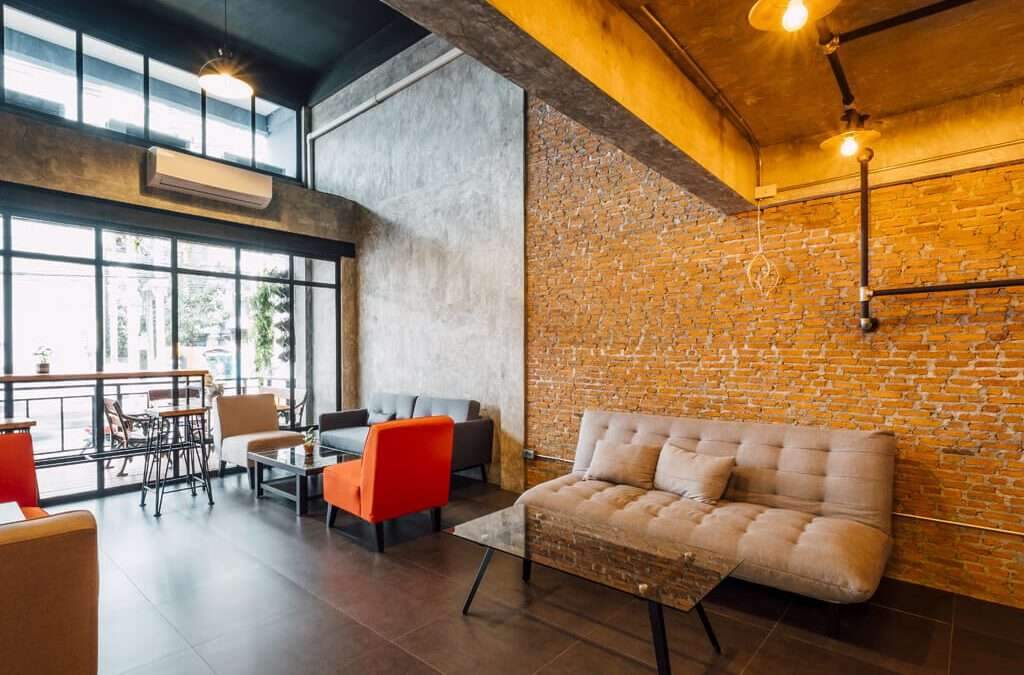In the last report, the NEOM project, which was marred by excitement and political guess. As suppliers of architectural discourse, we find ourselves forced to dissect the negative narration that invaded this ambitious project, because it directly contradicts the spirit of architecture.
The NEOM project represents an architectural miracle, as it is located in a strategic location 120 meters from the famous Red Sea in the Kingdom of Saudi Arabia. The sea, which looks like a lifeline, flows across the region, and connects the urban fabric to the sea attractiveness. During the design phase, accurate attention was paid to harnessing the panoramic views of the sea, taking into account the guidance and penetration of the sun inside the structure. The architectural design, designed along a radial axis, embodies the development through materialism and shape.
However, the last negative images have drawn Newum in a political charged light, threatening to doubt its architectural safety. The opposition news coverage has failed to highlight the positive aspects of the project, which raised questions about the western world’s fear of the steps of the Kingdom of Saudi Arabia in the field of development, which seems to be a European jealousy of the ambitious Saudi steps
Amid the talk about the NEOM project, a person known as Colonel Rabie Al -Anzi, whose behaviors and behaviors appear irregular, appear, which suggests the possibility of psychological instability. His strange behavior, along with his strange hairstyle that reminds us of the famous Japanese animation character “ماروكو”, raises questions about his credibility. It is perplexing that the British Broadcasting Corporation chose to display his image, showing his lack of discrimination in the search for professional and architectural opinions. It is not wise to give credibility to unparalleled or mentally unstable individuals. As for negative coverage, it appears exciting and fails to go into complications and divisions within NEOM. As for the unfortunate incident that led to the death of a Saudi citizen, it is not uncommon for governments to compensate individuals for destroying property in favor of public projects. The Saudi government includes generous compensation, as it is clear from similar cases during the expansion of the Grand Mosque in Mecca and the demolition of unlicensed buildings in Jeddah. The opposition of the state’s initiatives sometimes stems from personal interests, and resorting to violence against national interests constitutes a dangerous terrorist act.
This asks the question: Does political intervention distort the world of architecture? Evidence indicates that Europe, the old continent, is wrestling with the need for billions to keep pace with global progress and architectural renaissance. Europe finds itself losing the battle of sustainability and progress, which is similar to the fate of past civilizations.
In conjunction with an architectural story dating back more than a thousand years, during the reign of the Islamic Caliph Omar bin Abdulaziz, nicknamed the age of the second, a fictional endeavor was made to gild the dome of the rock. The caliph, known as a sorcery in the golden son -in -law in the dome and the use of the money in the payment of the caliphate debts. However, when one of the oriental researchers lying to visit Palestine and saw this architectural miracle, he said: “Now we must admit that the Arabs and Muslims are not primitive or Bedouin, but rather have a civilization that may exceed our civilization.” This confirms that the transcendent architecture, which determines the ages, transcends trivial policies or architectural envy associated with policy.
In conclusion, architecture is a testimony of human ingenuity and progress, transgressing geopolitical exercises and competition. Neum stands as a beacon for architectural ingenuity and innovation, and it is a testament to the wise steps achieved by the Kingdom of Saudi Arabia. It is necessary to separate architecture on the shackles of politics, because civilizations leave their mark on history except through the constant focus on architectural integration and creativity.
Finally, find out more on ArchUp:







The best neutral article about NEOM